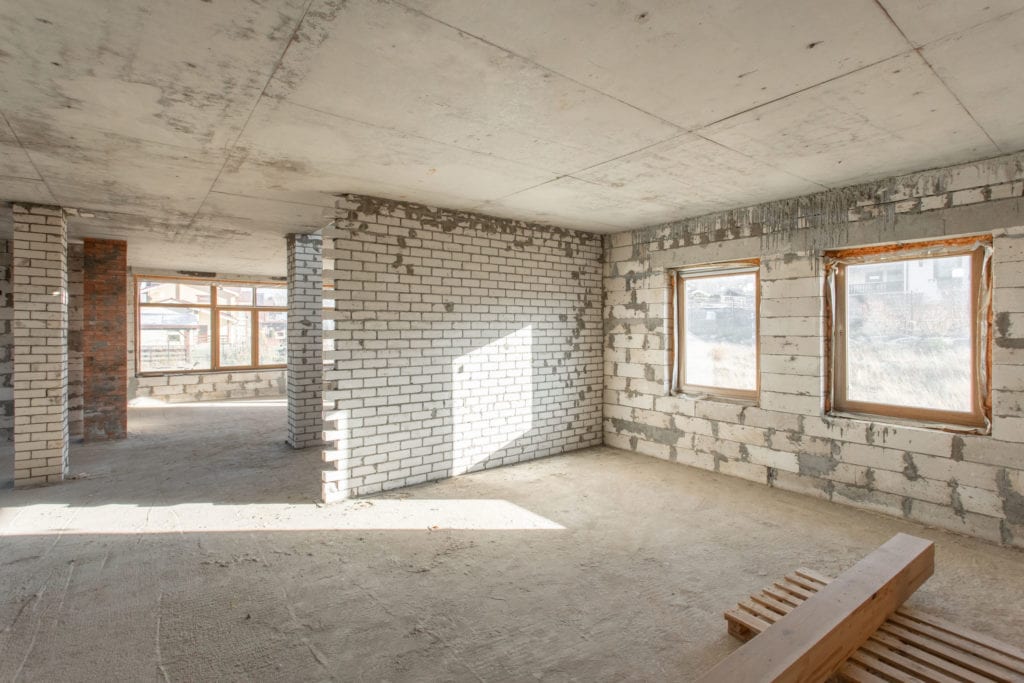
What Happens at the Site of Property Restoration Works?
Property restoration works commonly occur at a range of business and residential locations. This is often after a fire or severe flooding has taken place, and the building needs to be thoroughly assessed and subsequently repaired by a range of professional tradesmen. Depending on the nature and scale of the damage to property, several key steps may need to take place before the premises can be suitable to move back into or work from. For homeowners, property restoration commonly occurs after severe flooding has affected the building. The work can be time-consuming and expensive as it will require teams of specialists to fix and restore the premises. In this article, three of the key stages of property restoration work will be discussed in detail.
Initial risk assessments
In almost all cases of severe property damage, there needs to be a thorough initial risk assessment in place before any restoration work starts. This risk assessment should ensure that workers will be kept safe when they start work on the building, and it will include all health and safety factors at the site. For example, the structural integrity of a building may have been compromised after a fire. It is important to ensure that workers can restore the property without being at risk of injury from unsafe floors or ceilings while completing the work. In addition, work may be needed to take place at height if there is damage to the roof areas of the property. A risk assessment will indicate what specialist equipment will be required to work at height while minimizing falling risks. Harnesses and lanyards will sometimes be needed to ensure worker safety.
Use of air scrubbers
After heavy flooding to a property or when a serious fire has occurred at a site, the air quality in the building may not be suitable to allow workers to undertake restorative actions without suitable purification and cleaning of the site. Air scrubbers are commonly used to improve the air quality at a fire-damaged or flooded buildings. They work by removing particulates in the air and filtering out impurities, often using HEPA filtration devices. Professional restoration companies will use a range of these devices depending on the nature of the property damage. Many specialist companies will also provide air scrubber for sale to the trade that will filter and purify the air in damaged buildings to allow restoration work to occur in a safe environment.
Structural assessments
As a final key point, structural assessments of the building will take place before restorative work has been carried out and again after the process has been completed. These are used to give an accurate value on the nature of any structural damage to a building and then determine the degree of repairs needed to make the building safe for inhabitation. In cases where severe structural damage has occurred, it may be necessary to partially demolish parts of the building or even to undertake a total rebuild to ensure the property is safe once work is completed. A final structural analysis of the site will occur after all restorative work is complete to prove that the building is now structurally sound.






